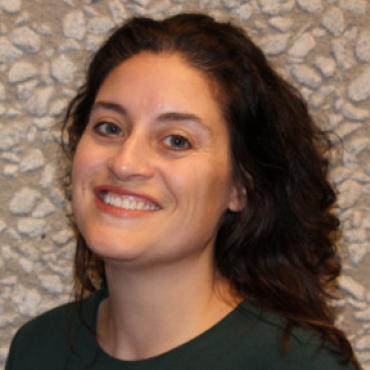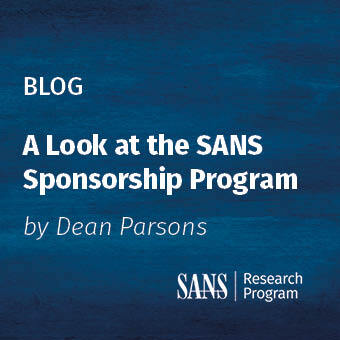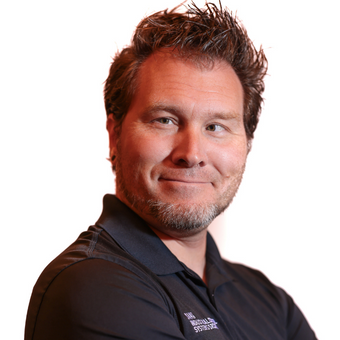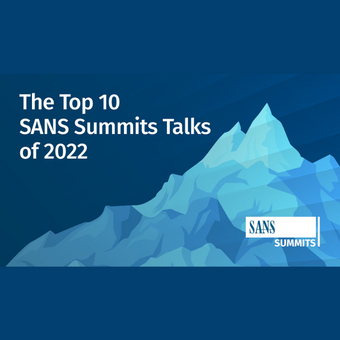Tags:
Giving Effective Presentations: A Crash Course with Chris Crowley
To help speakers prep for the Cyber Defense Forum, Chris Crowley (with input from his co-chair Justin Henderson) recorded this video. It’s under 10 minutes but jam-packed with tips you can use to make sure any presentation you do packs a punch!
Here are the top takeaways: (I was going to do 10, but Chris goes to 11!)
- Practice your delivery. Record yourself doing the presentation so you really know how long it takes.
- Your slides should stand on their own. If someone looks through your slide deck, they should understand the main points of your presentation.
- BUT – the way you speak to the slides should add even more value. You’re not just reading them out; you’re providing context and stories.
- Use graphics purposefully. Get all your words down on the slides first and then use illustrations or memes thoughtfully if they add something.
- Any images you use must be universally appropriate. Obscure pop culture references will fall flat. Memes may not translate, so to speak, for audiences with widely varying backgrounds.
- If your presentation has a theme, use a slide master!
- YOU DON’T HAVE TO BE FUNNY. Memes and humor are great, if that’s naturally your style. Don’t force it! It’s a cybersecurity conference, not stand-up comedy.
- You are too familiar with your slides. Have a trusted colleague review them without your explanations or input so you get a fresh perspective.
- Slides are free! Err on the slide of using more slides to create a “clear path for the viewer’s eye to follow” rather than cramming too much material on one slide to keep the size of your deck down. (Check out the glow-up Chris’s slide deck gets [starting at about 5:30 into the video] after feedback from Josh Wright.)
- Just as you don’t want to make your slides too densely packed with content, you also don’t want to make them too sparse. People like to read along while you’re presenting, so your slides should articulate your talking points.
- Most importantly, your slides and your talk should have specific examples and actionable takeaways. How did you solve a problem? What can the audience do to solve their own version of the problem? Make sure they walk away with knowledge they can use right away to make their organization more secure.
Ready to put these tips to the test on a presentation of your own? Sign up to be notified when we open Calls for Presentations (CFPs) for our Summits. We offer support and mentoring at every step of the process, even before you submit, and we encourage first-time speakers and those new to the industry as well as seasoned presentation pros.





